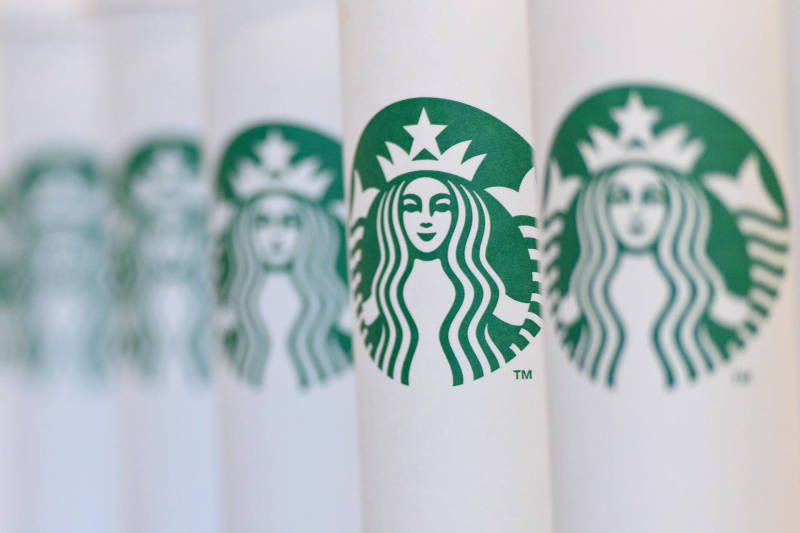The named plaintiffs are Siera Strumlauf and Benjamin Robles, whose experience buying the allegedly undersized Starbucks lattes is briefly recounted. In Strumlauf's case::
Plaintiff ... visited her local Starbucks in San Francisco approximately one to two times per week, where she would purchase Grande-sized plain and vanilla-flavored Starbucks Lattes, which cost approximately $3.95. Plaintiff Strumlauf saw the representation on Starbucks’ menu that her Grande-sized Starbucks Lattes would be “16 fl. oz.” prior to and at the time of purchase, and understood this to be a representation and warranty that her Lattes would, in fact, contain 16 fluid ounces. Plaintiff Strumlauf relied on this representation and warranty in deciding to purchase her Starbucks Lattes, and this representation and warranty was part of the basis of the bargain, in that she would not have purchased Grande-sized Starbucks Lattes on the same terms if she had known that they were not, in fact, 16 fluid ounces.
Why would Starbucks rip off its customers? Simple, the lawsuit says: to save money on an expensive ingredient, thus maximizing profits.
The suit says the latte-skimping grew out of the Starbucks CEO's drive to cut costs after the company hit a rough patch in 2008:
"A key component to this cost-cutting effort was to reduce the amount of milk used by baristas and in Starbucks beverages. As reported by Bloomberg in 2009, Starbucks accomplished this objective by putting standardized, etched lines in its steaming pitchers. These etched lines on the pitchers were made specifically for Starbucks, and are used by all Starbucks retail locations. In doing so, barista discretion was eliminated, and the amount of milk in each latte was standardized."
The lawsuit quotes the referenced Bloomberg article, which was headlined "Howard Schultz vs. Howard Schultz":
"[T]he baristas were [previously] pouring millions of dollars of leftover milk down the drain. As store managers for the first time began thinking about how to operate more efficiently, an idea emerged. It was simple, obvious, and made everyone wonder why no one had thought of it before: They could put etched lines in the steaming pitchers so that the baristas would know exactly how much milk to use for each size drink. Before, they just guessed. “The celebration of that line in the halls of Starbucks has become a metaphor,” says Schultz. “How many other lines can we find? We’ve found a lot because no one was ever looking. The people who have found those lines have become part of the folklore.”
The lawsuit seeks unspecified damages for a range of federal and state violations, including fraud, false advertising and negligent misrepresentation.
Beyond the legalese regarding such allegations as "breach of express warranty," the lawsuit also includes a mini-primer on espresso and latte science.
In arguing that the milk foam that Starbucks uses in its lattes doesn't count in the volume of the drinks, the suit says, "In the food science community, as well as in the weights and measures community, foam is not measured on a volumetric basis. Rather, it is measured by mass. When food scientists -- and weights and measures inspectors -- measure a liquid with foam, the industry-standard procedure is to let the foam dissipate or eliminate the foam, then measure the resulting liquid. Under this analysis, milk foam cannot compensate for an otherwise underfilled Latte."
In an emailed statement, a Starbucks spokesperson says the company is aware of the lawsuit's claims, "which we fully believe to be without merit."
In disputing the suit's claims, the statement says variations in the volume of drinks are to be expected.
"Hand-prepared beverages increase the likelihood of variations, as disclosed in the nutritional section of our website," the statement said. "Customers often tell us how they want their beverage prepared (e.g. with room, extra foam), therefore beverage volumes are largely collaborative. If a customer is unhappy with their beverage preparation then we are happy to remake it to their satisfaction."
